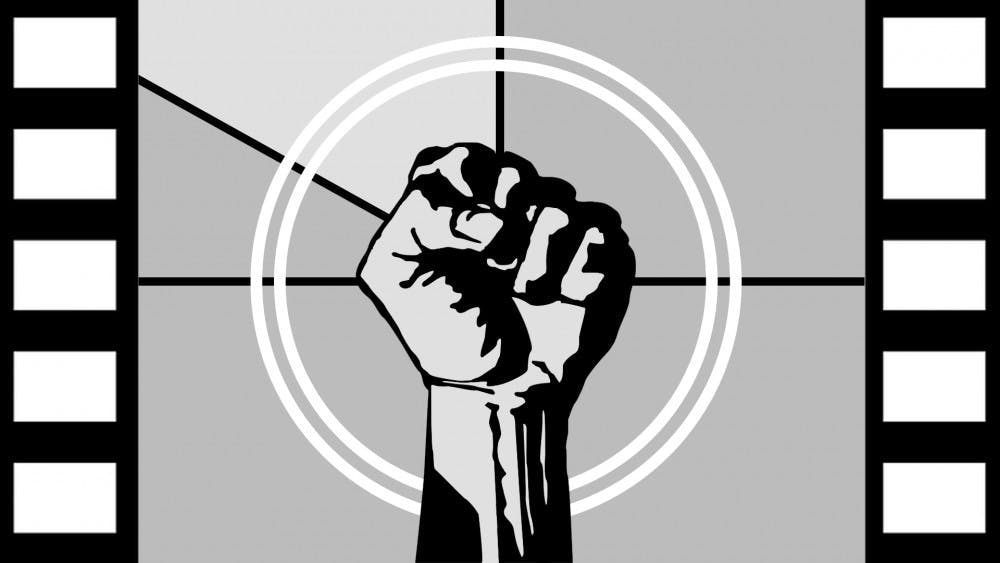For a vast majority of moviegoers, Hollywood blockbusters and arthouse films encompass most—if not all—of the movies they have had access to. Hollywood, the bastion of First Cinema, produces escapist, individualistic narrative films that buttress bourgeois values. On the contrary, Second Cinema subverts Hollywood conventions but concerns itself with the expression of its director. Many politically radical film theorists and critics consistently critique such movies for their failure to challenge a spectator in a meaningful way. In their 1969 film manifesto Toward a Third Cinema, filmmakers Fernando Solanas and Octavio Getino put forth a radical vision of the future of anti–imperialist, anti–capitalist cinema. Understanding how mainstream Hollywood Cinema came to dictate theory, practice, and markets for film, the duo delineates a cinema that actively works against a system that reduces movies to mere commodities.
Instead of viewing films as mere surplus–value for Western capitalists, Solanas and Getino conceptualize the practice of filmmaking as a means to decolonize spaces, minds, and discourse. In the broader context of this film movement, which was largely catalyzed by Latin American filmmakers in the '60s and '70s, Third Cinema sought to drive the spectator into action against racial, class, and gender inequalities.
What does a contemporary movie that adheres to these filmic principles look like?
Abderrahmane Sissako’s Bamako (2006) dances along the lines of each category of cinema given to us by Solanas and Getino, all the while enacting the degree of the political change that the two movie makers had envisioned nearly fifty years ago.
First released at the Cannes Film Festival, Bamako blends narrative and documentary to depict a fictionalized trial between the poverty–stricken nations within Africa and the International Monetary Fund and the World Bank. The film comments on how neoliberal economic programs forced upon African nations function as a continuation of colonization and invokes a consciousness within the viewer of the material agents of oppression against an entire people. Even more, the film was screened within the walls of the World Bank, and Abderrahmane Sissako spoke with bank officials about World Bank policies.
Films such as Bamako function as an important mode of resistance against the contemporary bourgeois entertainment industry and allow for a more explicitly radical discourse within culture. Regardless of your praxis, Third Cinema may broaden your understanding of film and change the way you view a trip to the movie theater.

